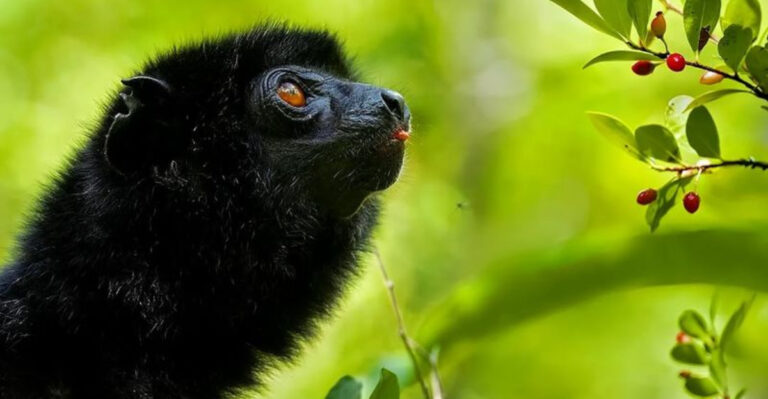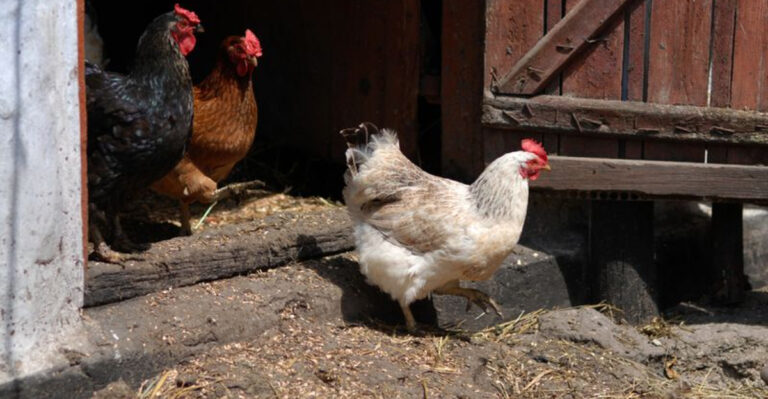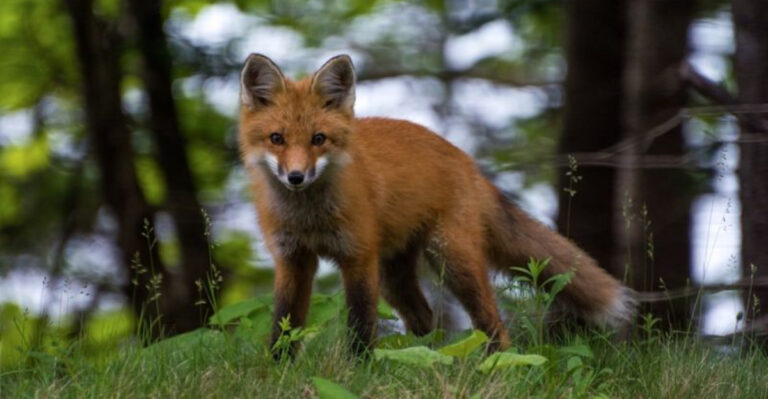The Role Of Reintroduced Wolves In Restoring Forest Health And Ecosystem Balance
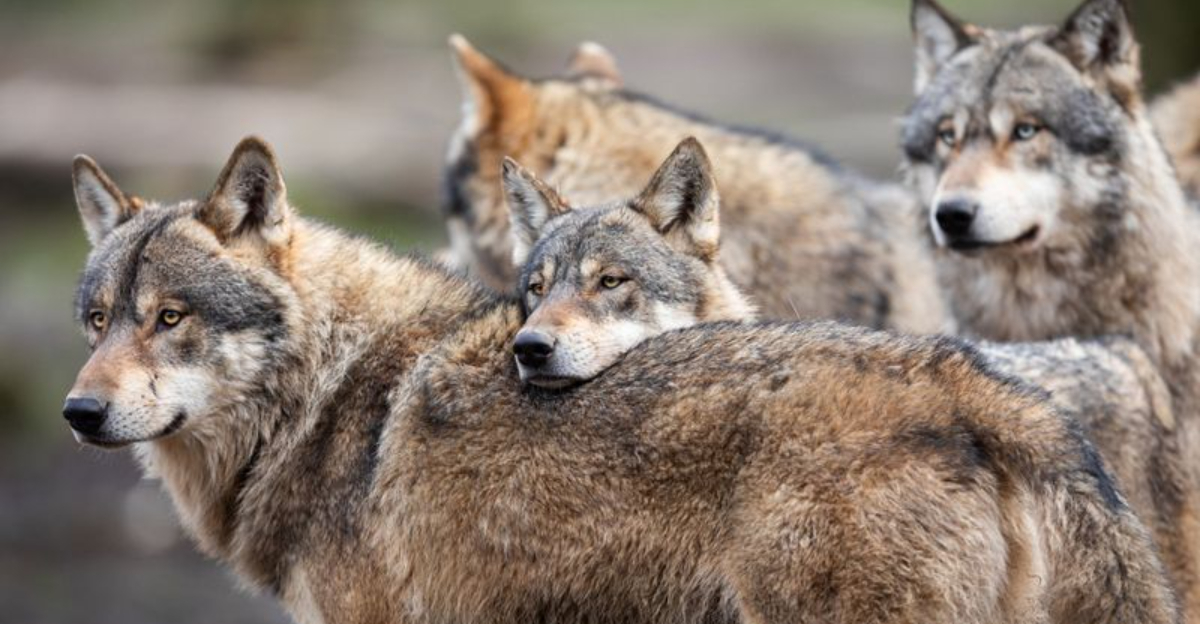
Wolves once roamed freely across North America before being hunted to near extinction in many regions. When scientists brought wolves back to places like Yellowstone National Park in 1995, something amazing happened.
The entire ecosystem began to change and heal in ways nobody expected. These powerful predators triggered a chain reaction that transformed rivers, forests, and wildlife communities in what scientists call a ‘trophic cascade.’
1. Elk Population Control
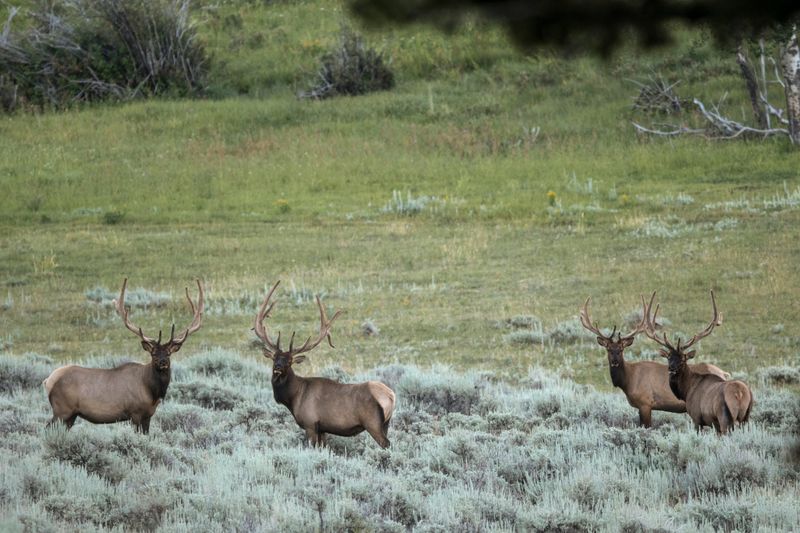
Wolves naturally target weak or sick elk, keeping herds healthier overall. Before wolves returned, elk populations exploded, leading to overgrazing across vast landscapes.
Without natural predators, these large herbivores would gather in valleys and riverside areas for extended periods.
Now wolves keep elk herds moving and their numbers in check. This natural balance means elk can’t strip vegetation bare in any one location.
Scientists have documented a 40% reduction in elk numbers in some regions since wolf reintroduction – not eliminating elk, but restoring a sustainable population that the land can actually support.
2. Renewed Plant Growth
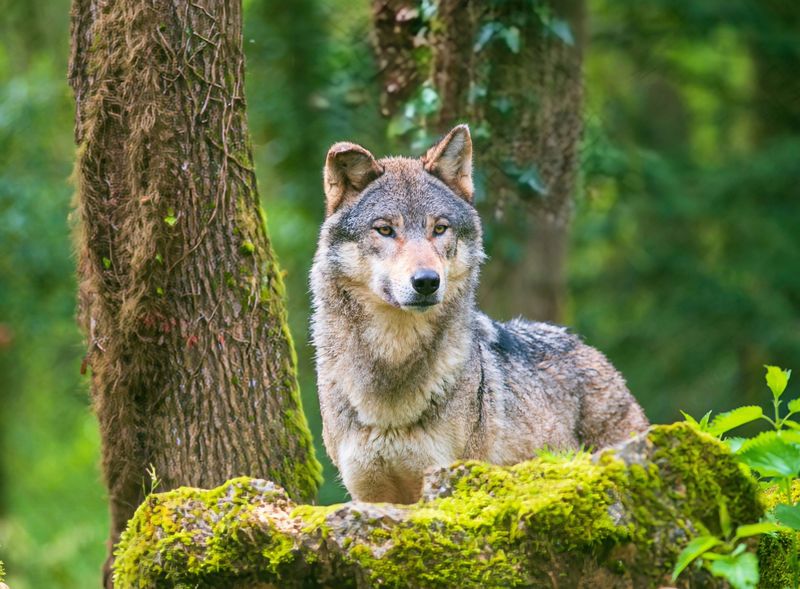
Aspen trees began sprouting up in places where they’d been absent for decades! With wolves on the prowl, elk couldn’t simply stand around munching young saplings all day.
These nervous herbivores started avoiding certain areas where they felt vulnerable to predation. Willows, cottonwoods, and aspens – previously browsed to stubs – suddenly had a chance to grow tall.
In some Yellowstone valleys, aspen growth increased fivefold after wolves returned. Plant communities that had been suppressed for 70+ years experienced a renaissance, creating habitat for countless other species.
This vegetation recovery happened without any direct human intervention.
3. Bird Diversity Explosion

Songbirds returned in force once wolves helped restore streamside vegetation. Species like warblers, finches, and thrushes depend on healthy riverside plants for nesting sites and food sources.
When elk overgrazed these areas, bird populations suffered dramatically. Research shows that areas with wolf presence have significantly more bird species than wolf-free zones.
The connection? More wolves means fewer stationary elk, which leads to more plants, which creates better bird habitat. Some areas have seen a 50% increase in songbird diversity following wolf reintroduction.
These birds also help with seed dispersal, further enhancing forest regeneration in a beautiful ecological feedback loop.
4. Beaver Comeback Story
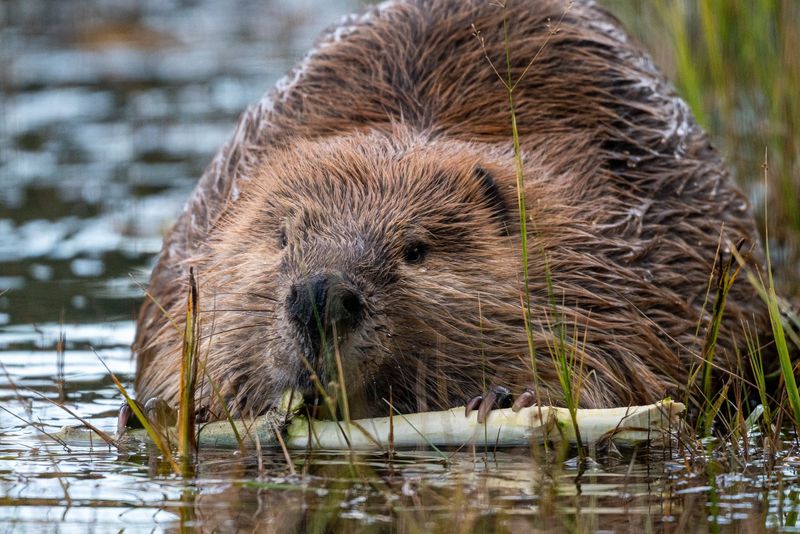
Beavers nearly vanished from many wolf-free landscapes because their food sources – young willow and aspen shoots – were devoured by unchecked elk herds.
Without these essential ecosystem engineers, streams flowed faster, erosion increased, and wetland habitats disappeared.
After wolves returned, beaver colonies in Yellowstone increased from just one to nine within a decade! These industrious rodents build dams that create ponds and wetlands, essential habitat for fish, amphibians, and waterfowl.
Their engineering work also naturally manages water flow, reducing flood damage and maintaining water tables during dry seasons.
5. River Reshaping

Rivers actually changed their physical shape after wolves returned! This mind-blowing transformation happened because elk no longer stood around streambanks eating all the vegetation.
With wolves present, elk spent less time near water, allowing plants to stabilize riverbanks with their roots. Strengthened banks meant less erosion and narrower, deeper channels.
Streams that once wandered widely across valleys became more defined and stable. This river narrowing improved water quality and created better fish habitat.
Some Yellowstone rivers now follow completely different paths than they did before wolves returned – a powerful example of how one species can reshape an entire landscape.
6. Scavenger Support Network
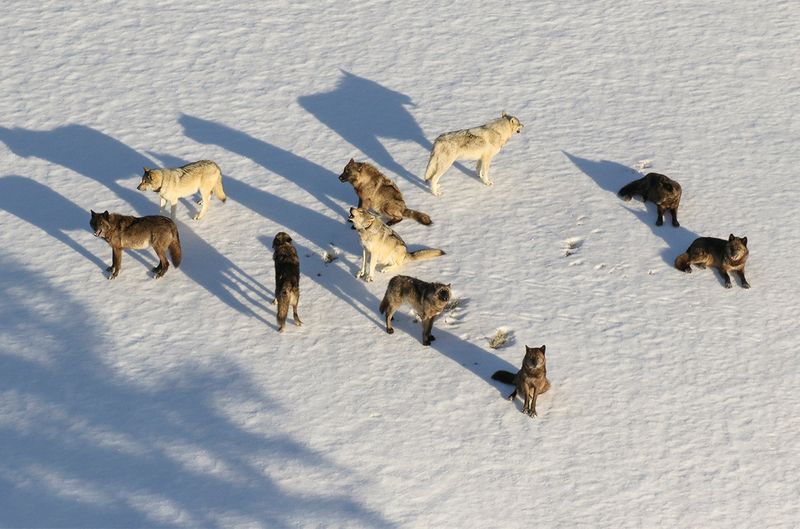
Wolf kills provide vital food for at least 12 other species! Ravens, eagles, magpies, coyotes, bears, and numerous smaller creatures depend on wolf leftovers, especially during harsh winter months when food is scarce.
Before wolves returned, these scavengers struggled to find enough carrion to survive. Now, each wolf kill becomes a community feast that can feed the ecosystem for days.
Scientists have documented ravens following wolf packs, seemingly aware that these predators will provide their next meal.
This redistribution of protein throughout the food web strengthens the entire ecosystem, creating a more resilient natural community.
7. Coyote Population Balance
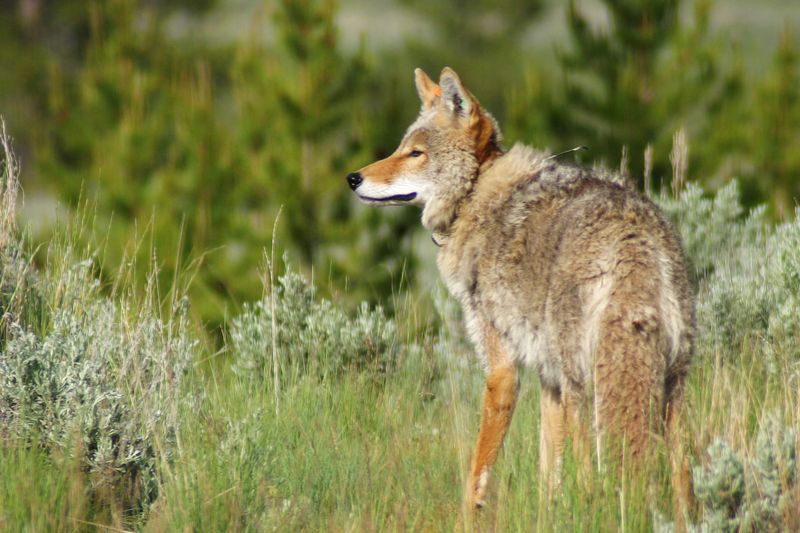
Wolves naturally limit coyote numbers, preventing these mid-sized predators from dominating the landscape. When wolves disappeared, coyote populations exploded, creating problems for smaller animals that became easy prey.
After wolves returned to Yellowstone, coyote populations dropped by about 50% in core wolf territories. This reduction allowed smaller predators like foxes to recover, as they faced less competition from coyotes.
The resulting predator balance created more ecological niches, supporting greater biodiversity. While wolves and coyotes can coexist, their relationship demonstrates how apex predators naturally regulate the entire predator hierarchy.
8. Small Mammal Resurgence

Mouse, vole, and ground squirrel populations flourished after wolves changed the predator balance. With fewer coyotes hunting these small mammals, their numbers increased substantially in wolf territories. This abundance of small prey supported more raptors, foxes, badgers, and weasels.
The complex relationship works like this: wolves reduce coyote numbers, which helps small mammals thrive, which feeds smaller predators.
Researchers found that areas with wolf packs had nearly twice the small mammal diversity of wolf-free zones. These tiny creatures also help with seed dispersal and soil aeration, further benefiting plant communities.
9. Nutrient Cycling Acceleration
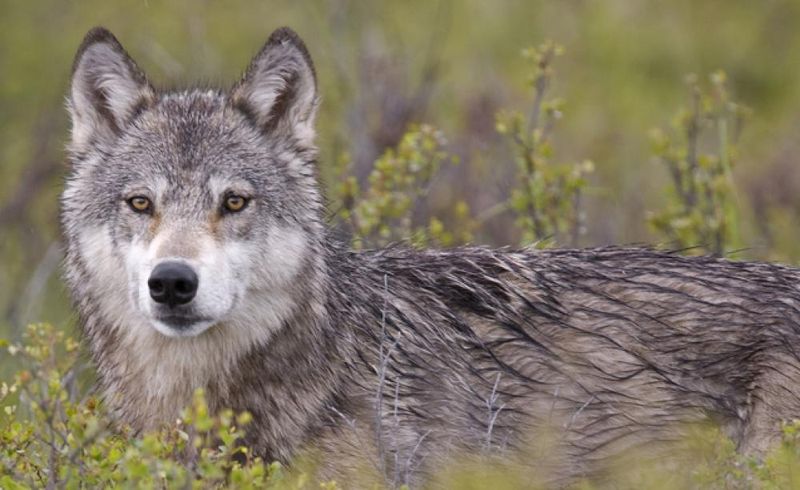
Wolves speed up nutrient cycling throughout the ecosystem in fascinating ways. When wolves kill prey, they leave behind carcasses that decompose and release nitrogen, phosphorus, and other essential nutrients directly into the soil.
This natural fertilization happens in different locations across the landscape, creating nutrient hotspots that benefit plant growth. Wolf presence also changes herbivore behavior, altering where they graze and deposit waste.
Studies show that areas with wolves have more evenly distributed nutrients compared to wolf-free zones where elk congregate.
This improved nutrient distribution leads to healthier, more productive soils that support greater plant diversity.
10. Forest Fire Resilience
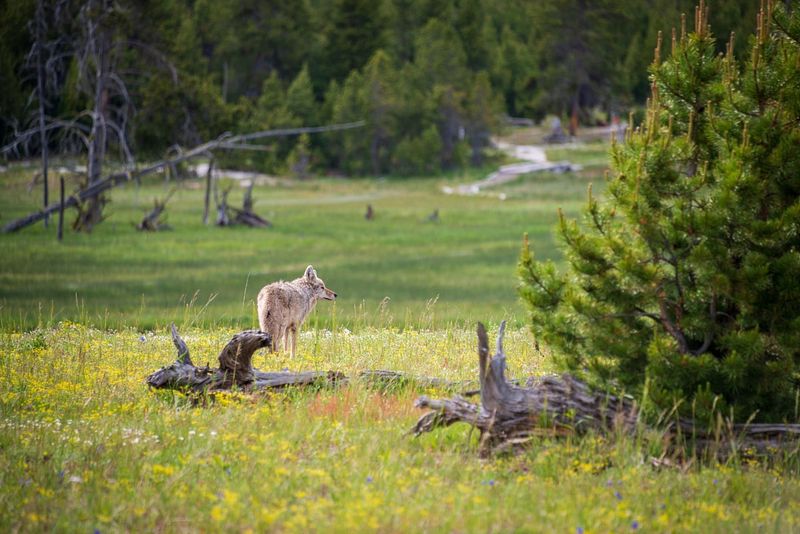
Forests with wolves show better recovery after wildfires! The connection? Diverse plant communities fostered by wolf presence create more resilient landscapes that can bounce back from disturbances.
When elk overgraze an area, they create uniform vegetation that burns more intensely and recovers slowly. Wolf-influenced landscapes feature varied plant heights, ages, and species that create natural firebreaks.
After Yellowstone’s massive 1988 fires, areas later influenced by wolves showed faster, more diverse regrowth.
This unexpected benefit highlights how complete ecosystems with apex predators develop natural resilience to environmental challenges.
11. Berry Production Boost
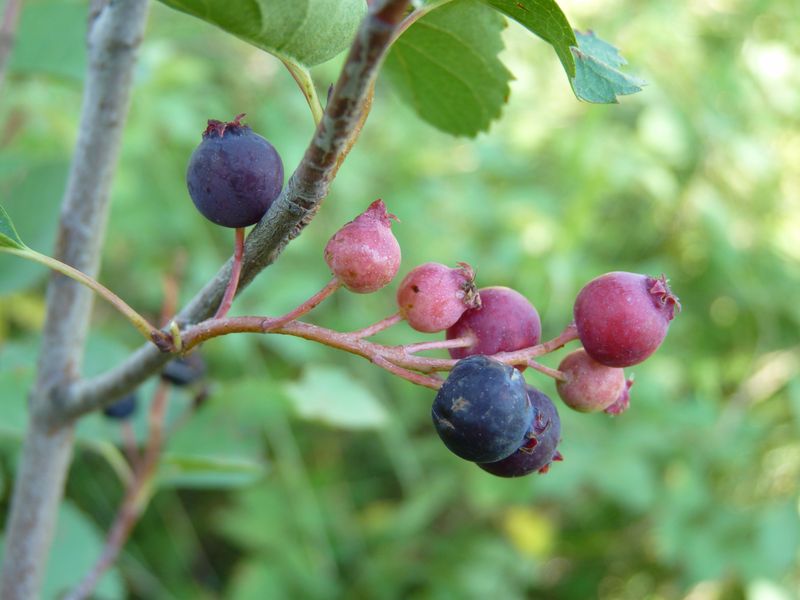
Wild berries became more abundant after wolves returned! Berry-producing shrubs like serviceberry, chokecherry, and huckleberry had been heavily browsed by elk before wolf reintroduction.
These plants couldn’t produce much fruit when constantly eaten back to woody stubs. With wolves keeping elk on the move, berry bushes flourished and fruit production soared.
This created a food bonanza for bears, birds, and small mammals that depend on seasonal berries. Grizzly bears in wolf territories show better nutrition partly due to increased berry availability.
The berry boost also helps seed dispersal as animals spread seeds through their droppings, creating new plant colonies across the landscape.
12. Climate Change Buffer

Healthier forests influenced by wolves actually help fight climate change! When wolves enable tree recovery, those trees capture and store more carbon from the atmosphere.
One study estimated that wolf-mediated forest recovery in Yellowstone has increased carbon storage by thousands of tons annually.
Beyond carbon benefits, wolf-influenced ecosystems show greater climate resilience. Deeper streams stay cooler for fish during hot summers. Diverse plant communities adapt better to changing conditions than simplified ones.
Beaver ponds created in wolf territories maintain water levels during droughts. These interconnected benefits demonstrate how restoring natural predator-prey relationships helps ecosystems face climate challenges.
13. Human Economic Benefits
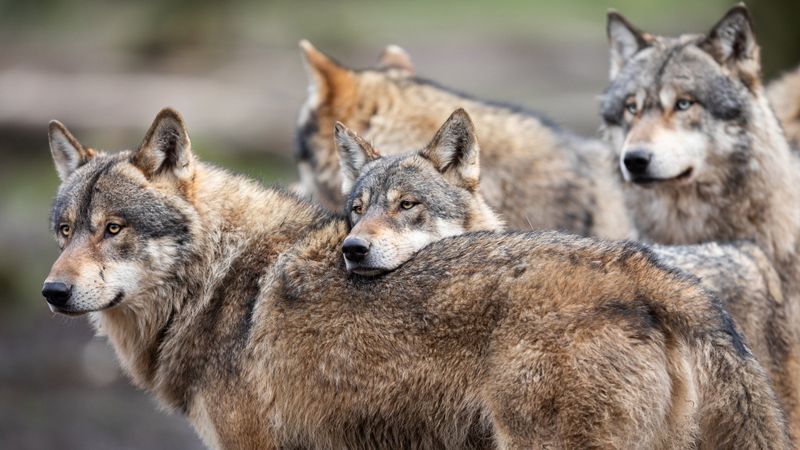
Wolf reintroduction generated millions in tourism revenue! Wolf watchers bring an estimated $35 million annually to communities surrounding Yellowstone. People travel from around the world hoping to glimpse these magnificent predators in their natural habitat.
Beyond direct tourism dollars, healthier ecosystems provide valuable services like improved water quality, flood control, and pollination that benefit agriculture and infrastructure. Local businesses from hotels to wildlife guides have flourished since wolves returned.
While some ranchers face challenges with wolf predation on livestock, compensation programs and innovative deterrent methods help address these concerns. The economic case for wolves continues to strengthen as we better understand ecosystem services.

